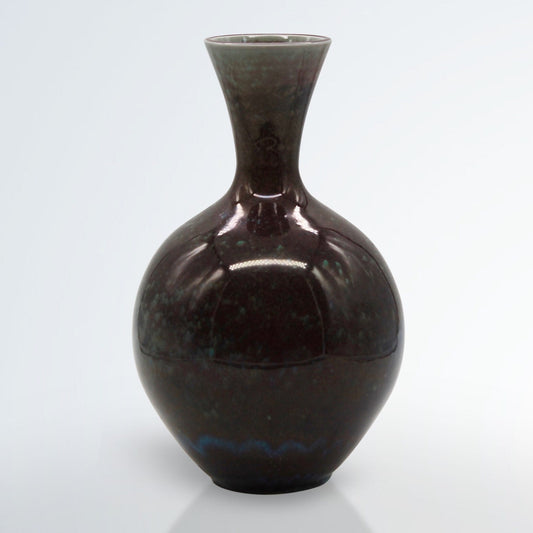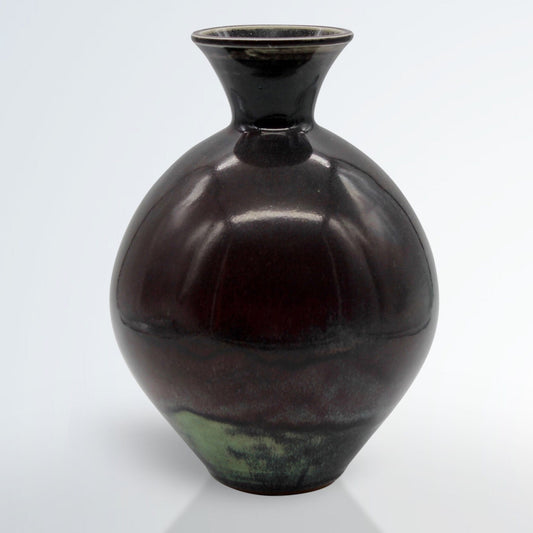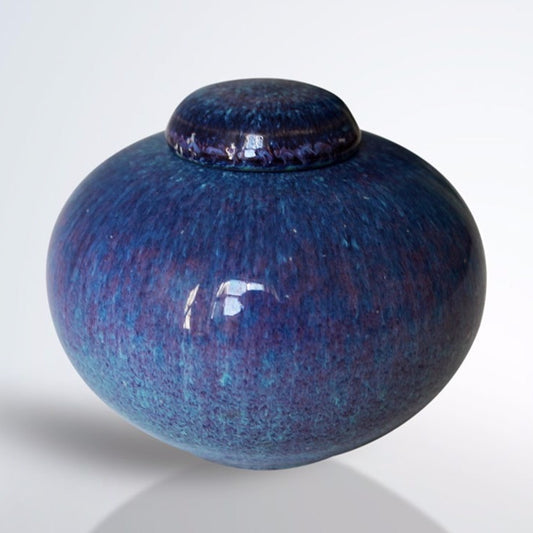Collection: Gustavsberg Porcelain



The beginnings of the Gustavsberg factory in Sweden go as far back as the 1600s, when the nobleman Gustaf Gabrielsson Oxenstierna founded a brick mill in Farsta bay. Upon his death, his wife Maria Sofia de la Gardie, highly regarded for her interest in industrial enterprises, renamed the site Gustavsberg in her late husband’s memory.
Although she had envisioned converting the mill into a ceramic factory, she had little success convincing Dutch ceramic masters to move to a colder climate. It was not until many years after in 1825 that porcelain production commenced, albeit somewhat shakily, with the intention of supplying to the growing middle class. The very early years were defined by major production problems and a substandard quality of goods. The aesthetic was highly influenced by German and English styles as no artists were recruited.
This was all to change by the end of the 19th century, when new leadership encouraged the modernisation of the factory and its work processes. With new foreign specialists recruited and technical improvements made, Gustavsberg quickly expanded into a large producer of bathroom porcelain and decorative ceramic ware. In 1942 Gustavsberg Studio was initiated. Wilhelm Kåge, together with fellow artists Stig Lindberg and Berndt Friberg, had extensive creative freedom to develop proposals for new artistic lines. Over the mid-century period, the factory flourished and its ceramic ware became highly sought after. These works were signed with a ‘G’ and hand, which identify it as a unique and limited edition piece.
The 80s proved to be more difficult for Gustavberg due to competition from cheaper manufacturing overseas. In 1987, the factory was sold off in pieces to foreign interests and production ceased, however, artisans from the area have continued to produce porcelain in the same tradition. Today, the history of the factory, along with a remarkable collection of wares, is exhibited at the Gustavsberg Porcelain Museum.
 Sold
Sold Sold
Sold Sold
Sold Sold
Sold Sold
Sold Sold
Sold











